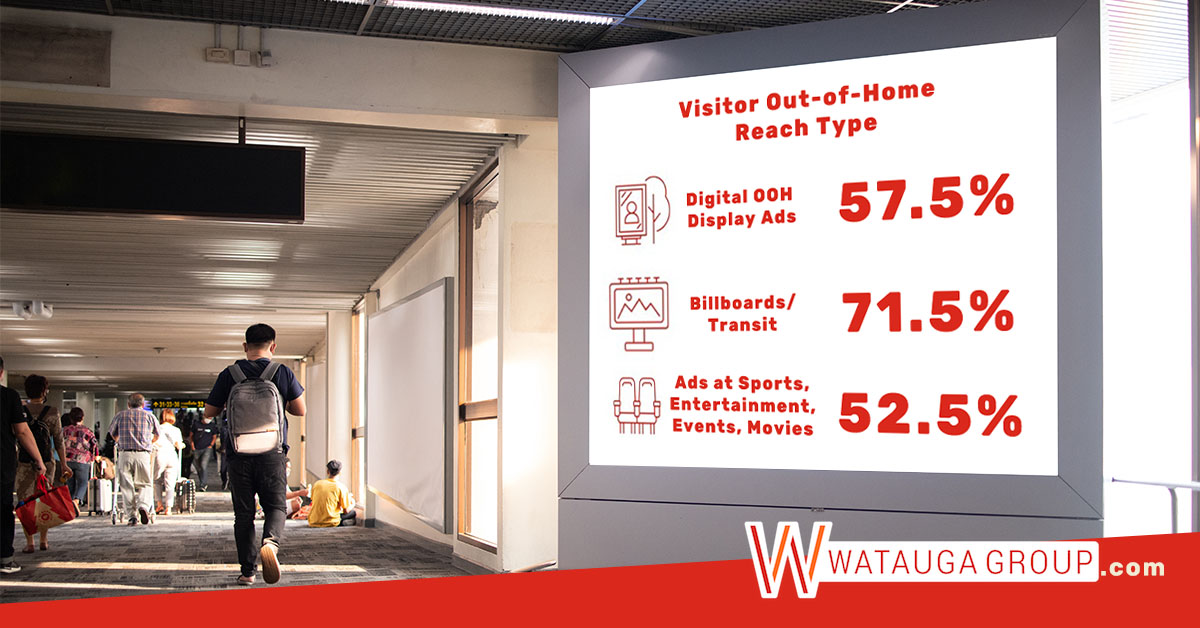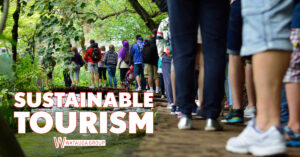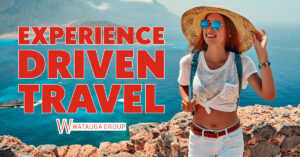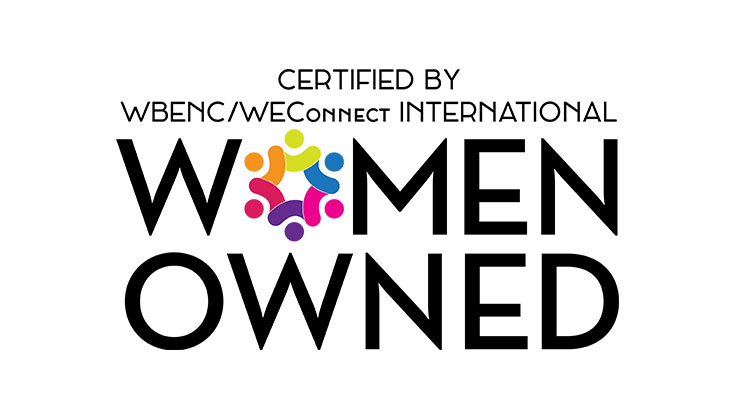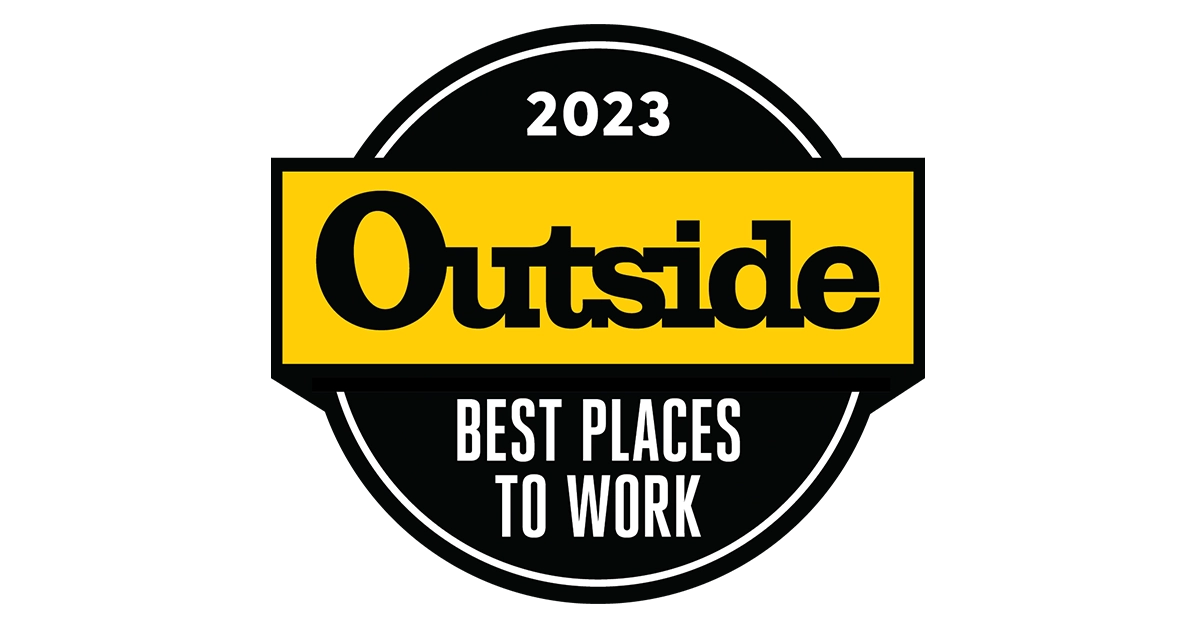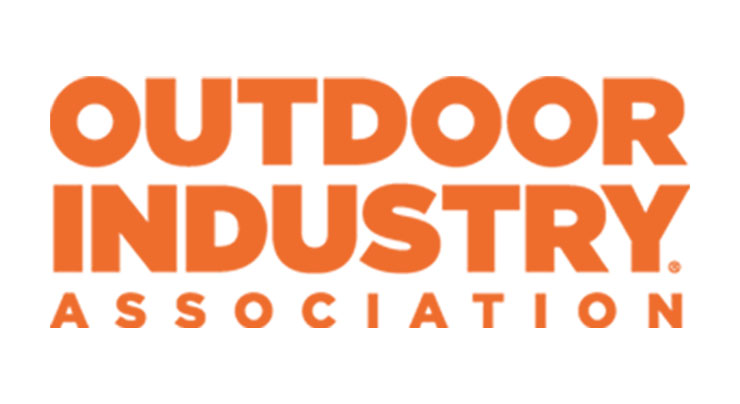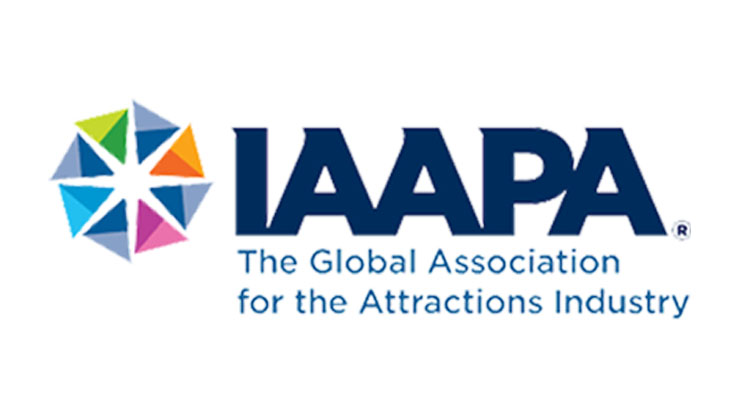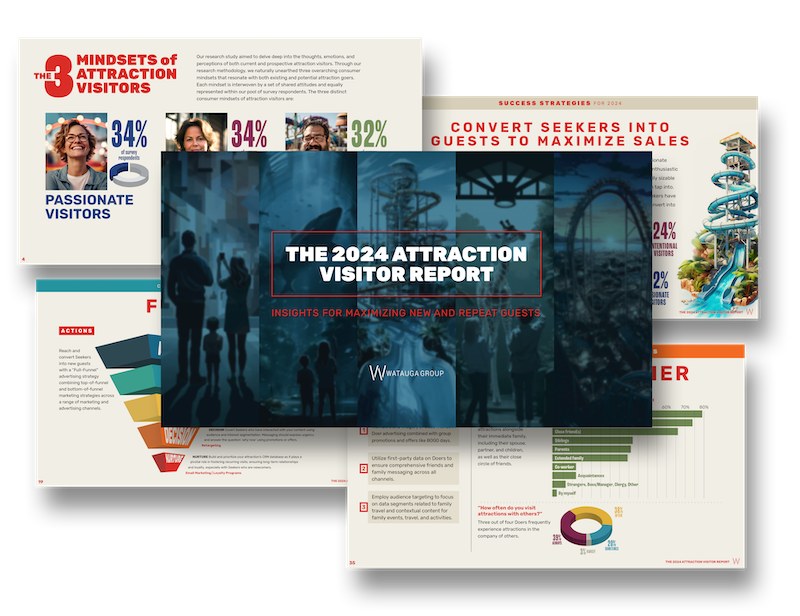With today’s plethora of competing entertainment choices, Attractions must continually find innovative ways to connect with new audiences and increase attendance. A combination of traditional and new digital out-of-home (OOH) advertising options offer Attractions a cost-effective, powerful paid media solution for maximizing their visitor reach, brand awareness, and advertising ROI.
Watauga recently conducted a study on the media usage and preferences of Attraction visitors to Amusement Parks, Zoos, Aquariums, Waterparks, Museums and Science Centers. The study uncovered visitor media insights across a variety of traditional and digital out-of-home advertising venues and options including billboards, transit signage, in-store ads, events, movie theaters, malls, and many other formats.
To reach more potential visitors and boost advertising ROI in 2023, Watauga recommends Attractions use the following OOH advertising strategies:
Keep Your Eye on the Road
Billboards now reach over 70% of Attraction visitors, a 14% increase over 2019. An integrated OOH advertising strategy using traditional and digital billboards offers Attractions a relatively lower cost approach to reaching a large audience of potential visitors. Billboards also provide continuity of advertising messages across a local market, building daily reach and exposure frequency with an Attraction’s target audience. Target audience reach can be further extended through digital and programmatically purchased billboard placements by using these platforms’ addressable audience targeting technology noted below.
Cross-Channel Targeting
With OOH digital display ads reaching close to 60% of Attraction visitors, new addressable, cross-channel targeting technologies can capture audiences exposed to OOH advertising and then retarget them across other OOH venues, formats, and paid media channels. For example, once a potential visitor is exposed to an Attraction’s roadside billboard they can be retargeted and exposed to the Attraction’s digital display ads while they shop in-store or use an ecommerce site. This provides Attractions with a powerful capability to increase target audience reach and message frequency across a holistic mix of OOH advertising venues and media channels.

Boston’s Museum of Fine Arts (MFA) launched a high-impact OOH campaign combining a prominent billboard placement and mobile geofencing for greater reach. The mobile strategy included a carefully selected group of zip codes with retargeting layers to boost frequency within targeted areas, resulting in a 110% lift above the mobile CTR benchmark. Consistent creative across formats and strategic placements throughout Boston further strengthened brand recognition and engagement across key touchpoints.
Think Locally
Use of mass transit, commuting patterns, and other target audience factors vary based on the unique region, market size, and specific location of an Attraction. Therefore, OOH advertising and media strategies should be designed using mapping and data tools to pinpoint and prioritize optimum advertising locations within the Attraction’s local market or trade area. For example, Watauga recently worked with Atlanta Botanical Garden to strategically place a massive outdoor wall advertisement in Atlanta’s Midtown Arts District to specifically target and reach the area’s artistic-minded audiences for an Origami themed event.
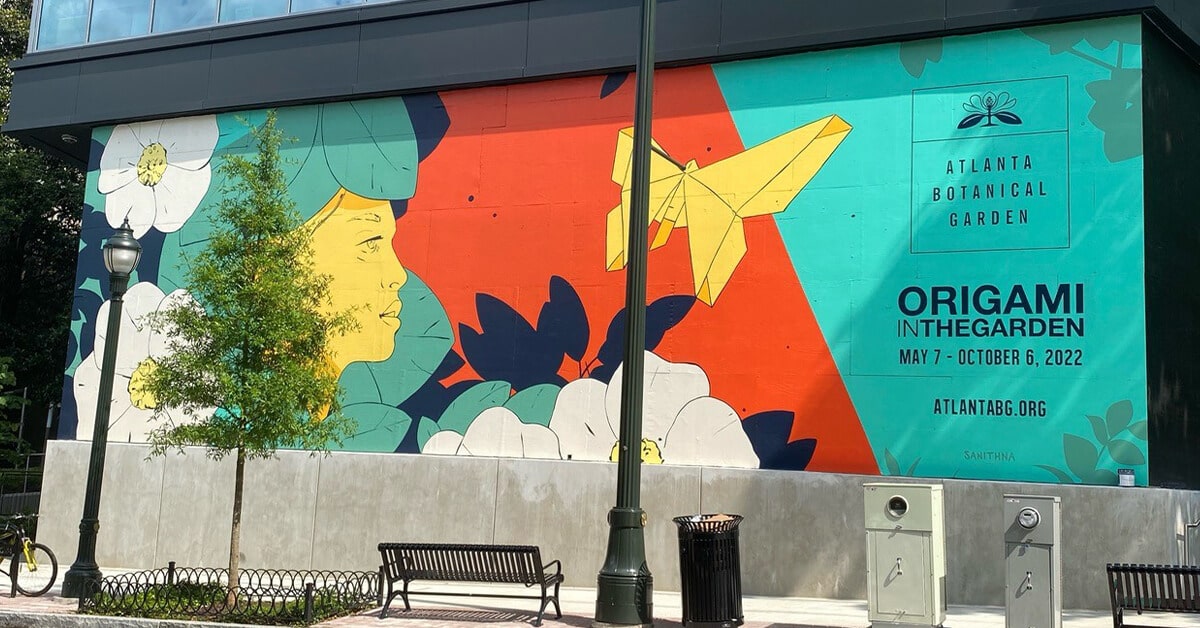
OOH advertising results can be further enhanced by using syndicated research data on an Attraction’s specific target audience to uncover media usage insights into the most effective OOH venue types, time of week, and day-parts. These OOH media insights can significantly boost advertising ROI by informing an Attraction on where and when their target audience is most likely to be exposed to OOH advertising including gas stations, grocery stores, and restaurants in addition to periodic destinations, such as movie theaters, medical offices, and malls.
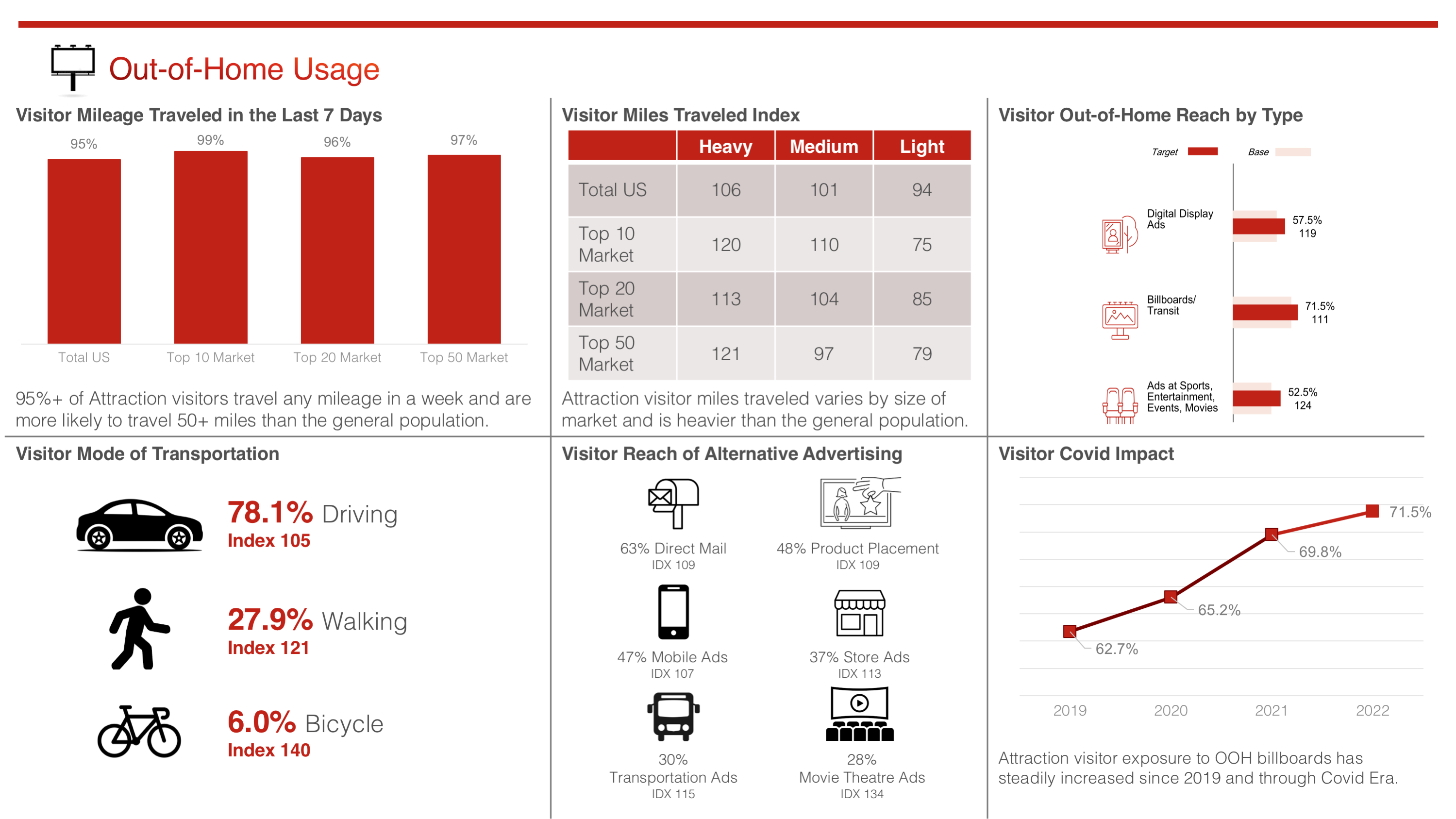
Conclusion
OOH advertising offers Attractions a cost-effective and powerful media strategy to drive higher levels of brand awareness, maximize attendance, and create overall higher advertising ROI. By implementing these strategies, Attractions can significantly increase their reach and attract more visitors in 2023.>> See Video Media Strategies Here <<
Study Details
Watauga Group uncovered these insights and recommendations among others using panel-based, syndicated research tools to study the media behaviors and preferences of visitors to US-based attractions. These insights were further enhanced with visitor analysis on a cross section of Amusement Parks, Zoos, Aquariums, Waterparks, Museums and Science Centers within specific Top 10, Top 20, and Top 50 markets on the East Coast, West Coast, and Central US. The study examined a comprehensive selection of visitor demographics and media usage data for internet, digital video and audio, traditional broadcast TV and radio, and out-of-home media channels. It is important to note the research also showed distinct variations in the data based on the local market size and type of each Attraction.

